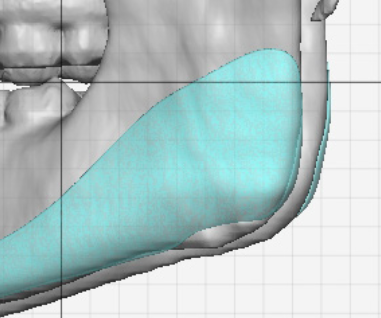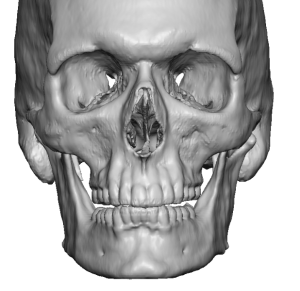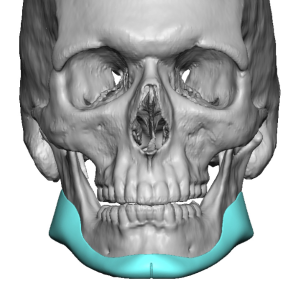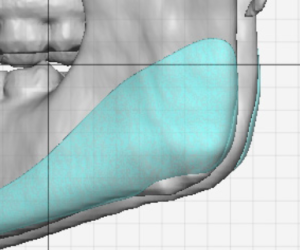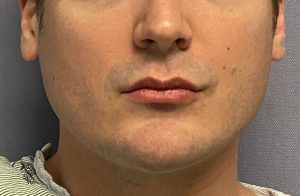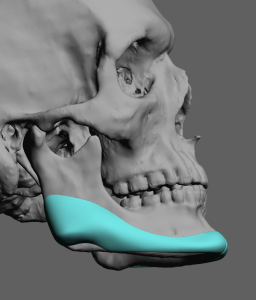Background: The anatomy of the jaw angle area is unique when it comes to implant augmentation. It is the only facial area where strong insertion ligamentous attachments need to be released for proper implant positioning. While this is an absolute technical requirement in implants that lengthen this part of the jaw it is still needed to a lesser degree when only jaw angle width enhancement is desired.
While release of the ligamentous attachments are a necessary part of the jaw angle procedure care must be taken in doing so. While the masseter muscle does not actually wrap around the inferior border of the jaw and attach directly to the pterygoid muscle on the other side it does have a periosteal attachment at the inferior border. This must be carefully elevated and preserved so the muscle does not retract up over the implant after surgery. (masseter muscle dehiscence)
While careful masseter muscle sling dissection must always be done to prevent detachment and retraction it can not always be avoided. There are patients who are at higher risk for such muscle dehiscence as I have learned from looking at thousands of 3D CT scans in jaw augmentation surgery. The shape of the jaw, size of the masseter muscles and gender all influence how strong the ligamentous attachments are and how successfully they can be elevated without a significant risk of postop muscle dehiscence.
In the instance where very strong ligamentous attachments exist and only width is needed for the desired jaw angle augmentation the custom jawline implant can be designed around them. This would reduce the potential risk of masseteric muscle dehiscence to zero.


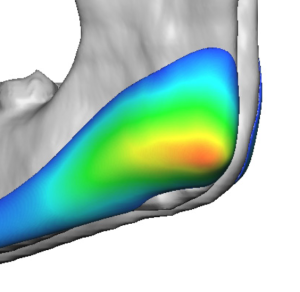
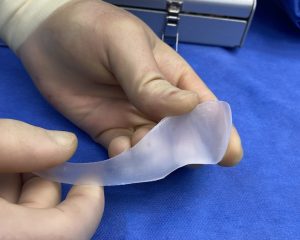
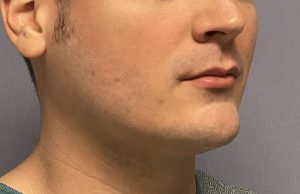

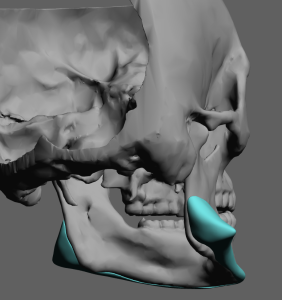
Key Points:
1) Custom jawline implants can have disproportionate enlargements of the jaw angles compared to the chin based on the patient’s aesthetic desires.
2) In patients with strong masseter muscle attachments and who only need jaw angle width, a custom jawline implant can be designed around the ligamentous attachments to avoid the risk of masseteric muscle dehiscence.
3) Adequate subperiosteal dissection over and behind the masseteric ligamentous attachments are needed for proper placement of a non-ligamentous released jaw angle implant.
Dr. Barry Eppley
World-Renowned Plastic Surgeon

